203
10
4 minutes
Suggested Articles
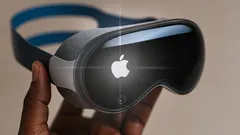
Apple Vision Pro Signals a Game-Changing Shift in Everyday Tech Life
Discover how Apple's ambitious plans for mixed reality are set to revolutionize everyday tech. Learn about their upcoming headsets and what this means for the future of AI, wearables, and immersive experiences.
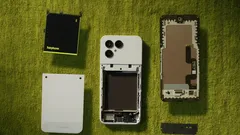
Fairphone 6 Redefines Smartphones With Bold Eco-Friendly Modular Design
Smartphones & Apps

After Google’s massive fine, Android users rush to iPhone for privacy
Online Safety & Privacy
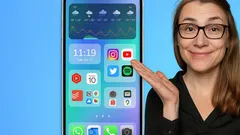
Transform your Android home screen with these folder organization tips
Smartphones & Apps
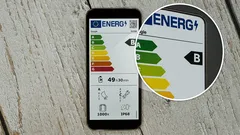
New Energy Labels Make Choosing Eco-Friendly Gadgets Easier Than Ever
Smartphones & Apps
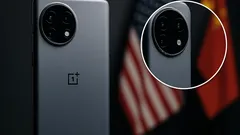
OnePlus Faces Major Security Investigation Shaking Up U.S. Smartphone Market
Online Safety & Privacy

Parents and students unlock affordable learning as TVs become computers in every home
AI & Everyday Tech
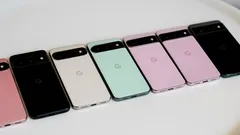
Why owning a Google Pixel could make you a target for suspicion
Online Safety & Privacy
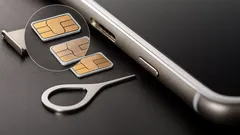
The hidden purpose of tiny holes on your smartphone will surprise you
Smartphones & Apps

The $50 smart ring revolution making health tracking affordable for everyone
Smartphones & Apps

Playing video games together strengthens relationships and sparks real connection
AI & Everyday Tech

US crypto pioneers transform bold risk into life-changing fortunes
AI & Everyday Tech

Tech leaders embrace waste-to-carbon solutions as Microsoft bets big on green AI
AI & Everyday Tech

Travelers and campers embrace portable backpack laundry tech for freedom and clean clothes anywhere
Gadgets & Reviews

Sleep experts champion a smart anti-snoring belt for restful nights and healthier mornings
Gadgets & Reviews

Drivers use Google Maps and Waze to avoid fines but risk safety trade-offs
AI & Everyday Tech
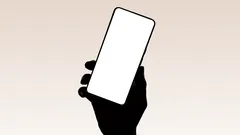
App lovers seize this week’s best free premium downloads before time runs out
Smartphones & Apps
 W3 CodeCraft
W3 CodeCraft

Comments